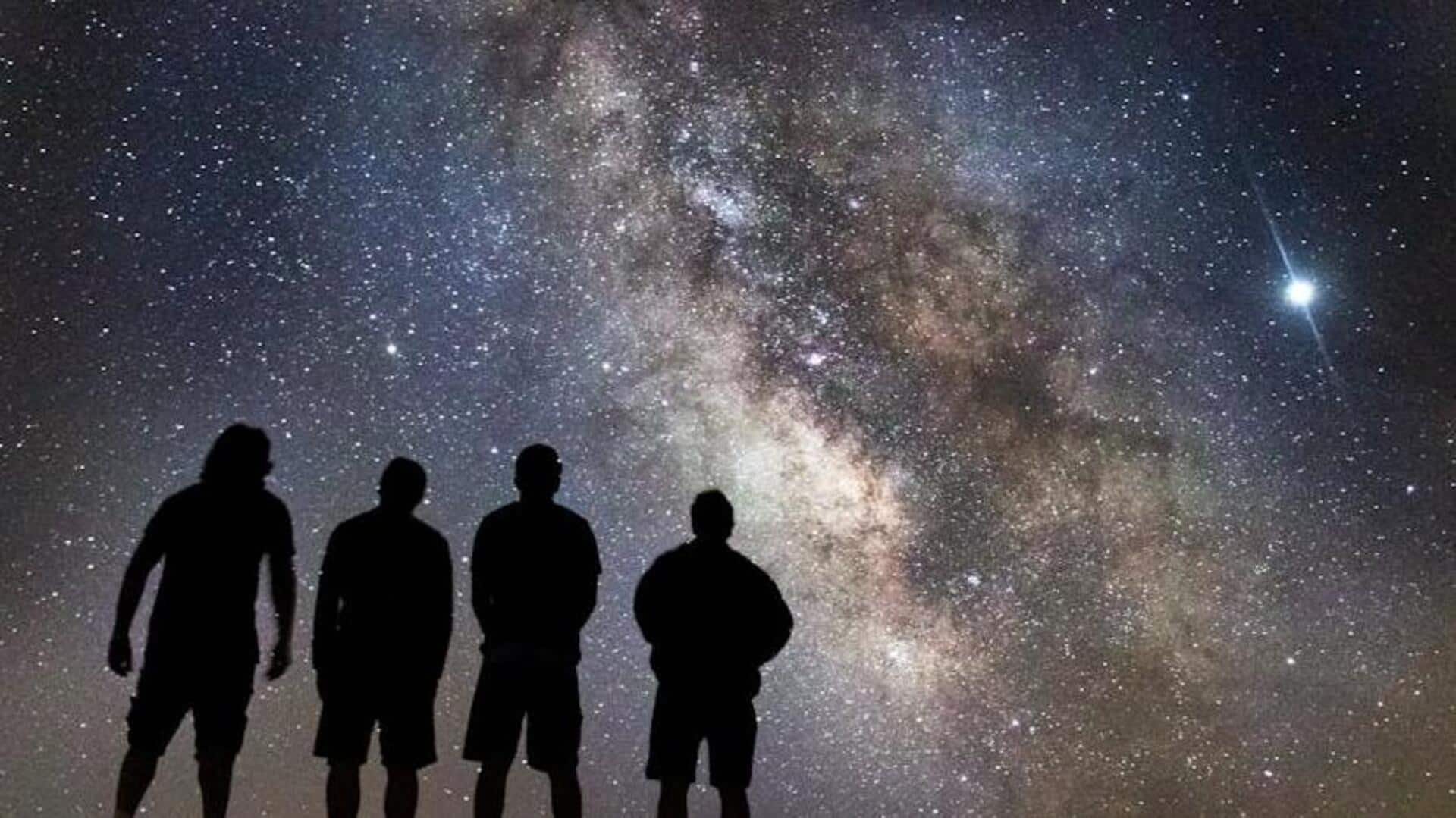
Stargazing marvels in Chile: Best spots to visit
What's the story
Chile's clear skies and minimal light pollution make it a prime location for stargazing. Its geography, between the Andes and the Pacific Ocean, is ideal for astronomical observations. This has led to the creation of many observatories, drawing both scientists and tourists. These sites offer a unique glimpse into the cosmos, making them essential visits for anyone interested in astronomy.
Recommendation 1
Paranal Observatory: A window to the universe
Atop Cerro Paranal in the Atacama Desert, the Very Large Telescope at Paranal Observatory is among the world's most advanced optical instruments. Managed by the European Southern Observatory, it offers tours for visitors to explore cutting-edge technology and enjoy breathtaking cosmic views. Its high-altitude clarity and technological excellence make this observatory a must-visit for astronomy enthusiasts.
Recommendation 2
ALMA: Touching starlight with technology
The Atacama Large Millimeter/submillimeter Array (ALMA) is an international partnership project between Europe, North America, East Asia, and Chile. Located on the Chajnantor plateau at 5,000 meters above sea level, ALMA's array of 66 antennas explores our universe's cold regions with unprecedented detail. Tours provide insights into how these antennas work together to unravel mysteries from our cosmic origins to star formation.
Recommendation 3
La Silla Observatory: Where stars meet mountains
La Silla Observatory, situated on the outskirts of Chile's Atacama Desert, has been operated by ESO since the 1960s. It showcases the evolution of astronomical observations with its collection of telescopes. Its remote location ensures night skies free from light pollution, ideal for both professional astronomers and casual stargazers seeking to connect with the cosmos in a serene environment.
Recommendation 4
Cerro Tololo Inter-American Observatory: A celestial spectacle
Situated atop Cerro Tololo in northern Chile's Coquimbo Region lies another gem for celestial observation: the Cerro Tololo Inter-American Observatory. It hosts several telescopes, including the four-meter Blanco Telescope, which played a crucial role in discovering dark energy in our universe. Visitors can explore various telescopes during daytime tours, while learning about their contributions to understanding space phenomena like supernovae and black holes.
Recommendation 5
Gemini South Telescope: Dual hemisphere observation powerhouse
The Gemini South Telescope, located on Cerro Pachon, complements its northern counterpart in Hawaii, ensuring coverage of both hemispheres' skies. This eight-meter telescope excels in infrared astronomy, using advanced optics to penetrate cosmic dust and unveil hidden star births and distant galaxies. Tours provide a detailed look at this marvel, emphasizing the global collaboration essential for probing the universe's mysteries.